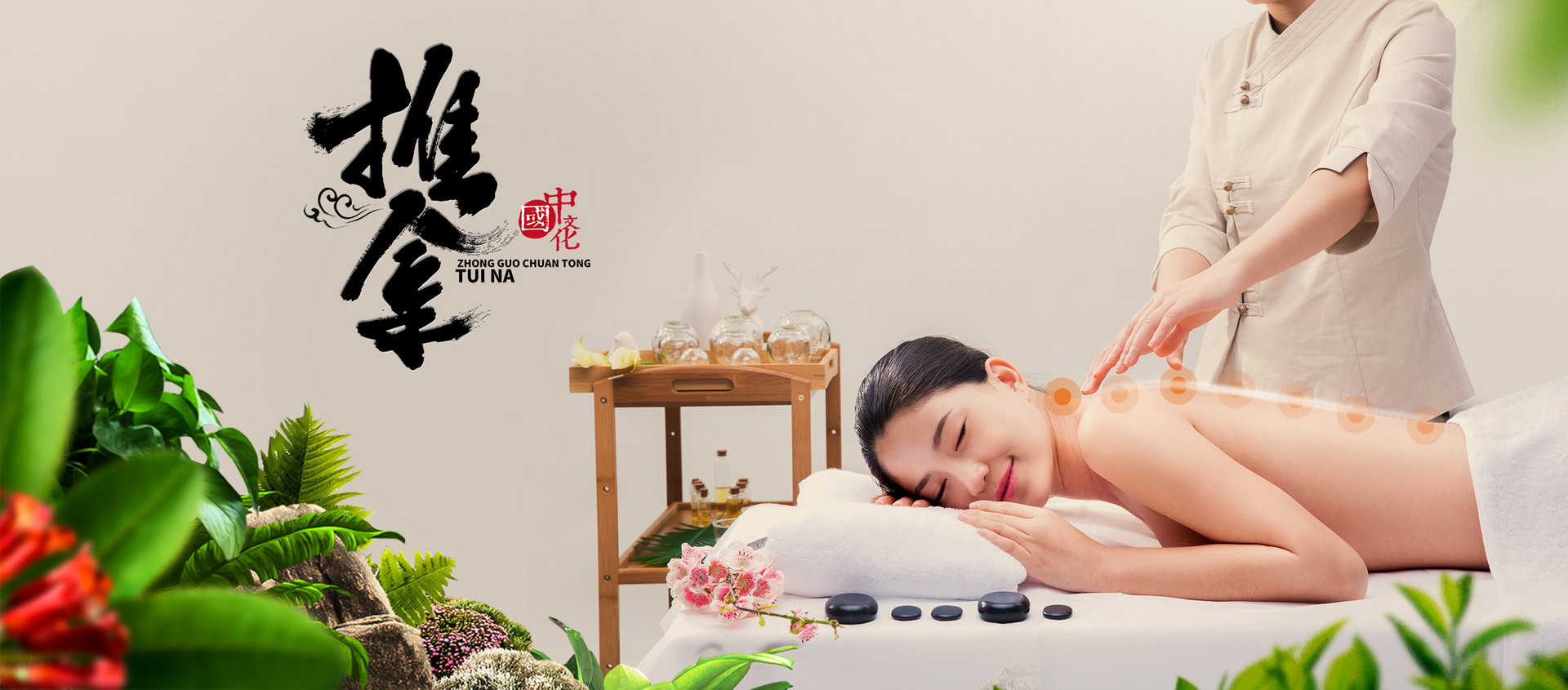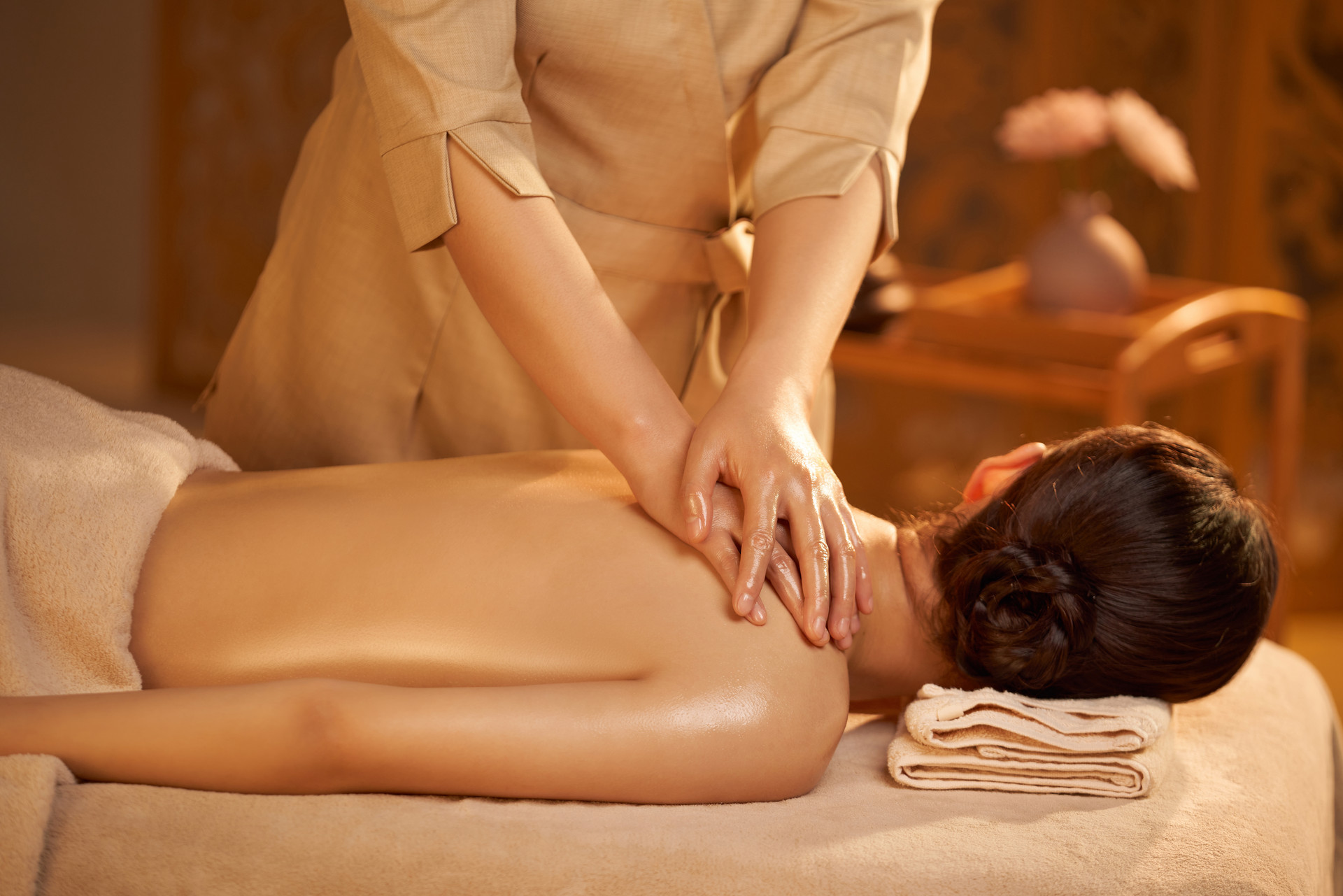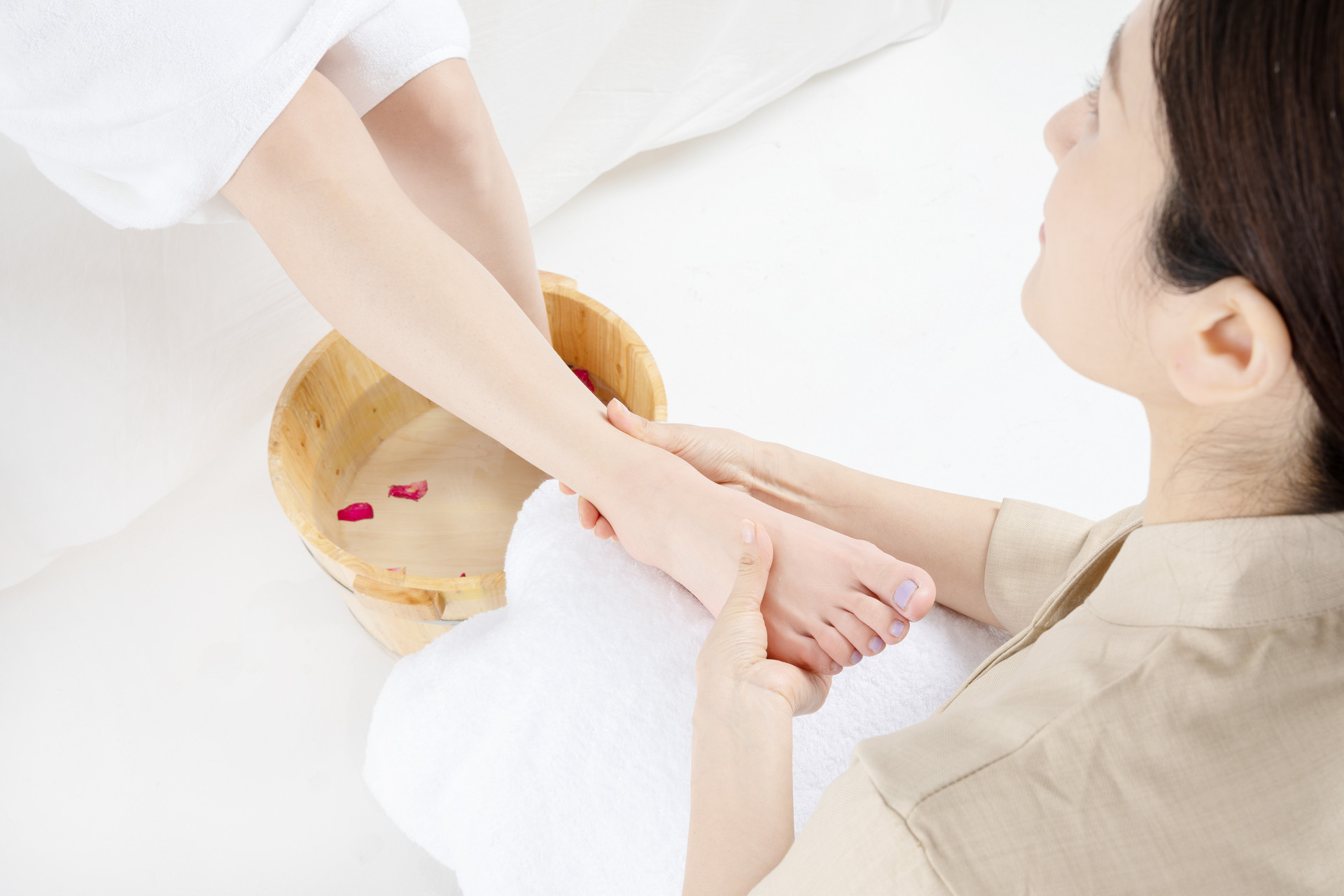One, rubbing class (flat force method)
There are pushing method, rubbing method, rubbing method, rubbing method, and wiping method.
1. Push method: use fingers or palms to push forward, backward, up and down, or left and right on a certain part or acupoint of the body.
According to different parts and conditions, it can be divided into thumb push, palm push, elbow push, and fist push.
2. Rubbing method: use fingers or palms to make circular rubbing on a certain part of the body.
According to different parts of the body, it can be divided into thumb rub, palm rub, elbow rub, and palm rub, etc.
3. Rubbing method: use fingers or palms to make circular rubbing in a clockwise or counterclockwise direction on a certain part or acupoint of the body.
According to different parts, there are finger rubbing, palm rubbing, and palm root rubbing.
4. Wiping method: use fingers or palms to apply even pressure on the massaged area and wipe it to one side.
According to different parts, there are finger wiping, palm wiping, and muscle kneading.
5. Rubbing method: it is a method of rubbing back and forth with fingers or palms on the skin.
According to different parts, there are finger rubbing and palm rubbing.
Two, tapping class
There are pressing method, pinching method, flicking method, shaking method, tapping method, patting method, stepping method, and rolling method.
1. Pressing method: use fingers or palms to press down on a certain part or acupoint of the body.
The pressing method can be divided into thumb pressing, middle finger pressing, fist pressing, palm pressing, elbow pressing, etc. according to different parts, different diseases, and different treatment purposes. In addition, pressing with massage tools can also be used.
2. Pinching method: use thumb, middle finger or index finger to deeply and continuously pinch and press on a certain part or acupoint of the body.
3. Flicking method: insert the fingertips into the gap of the soft tissue and make horizontal flicking.
4. Shaking method: press a certain part or acupoint of the body tightly with fingertips or palms and make continuous vibration.
According to different treatment sites, it can be divided into finger shaking method, palm shaking method, and electric shaking method.
5. Tapping method: it is a method of lightly tapping a certain part of the body with fingers or palms, also known as patting method. Tapping method can be divided into finger tapping, finger back tapping, and palm tapping.
6. Stepping method (also known as foot stepping method): it is a method of stepping on a certain part of the body with the sole and making various movements.
7. Rolling method: it is a method of using the back of the hand to roll on the body.
Three, kneading class
There are kneading method, grasping method, rubbing method, and grasping method.
1. Kneading method: lift the skin and work on the skin and subcutaneous tissue. There are two types of kneading method. One is to use the thumbs and index fingers to lift the skin, and the hands alternately twist and push forward.
2. Grasping method: use thumb and index finger, middle finger or other fingers to make corresponding clamping force, grasp a certain part or acupoint, and make continuous kneading movements of one release and one hold.
3. Rubbing method: it is a method of using both hands to rub and move on the limbs. There are palm rubbing and side palm rubbing.
4. Lifting method: lifting method means that the doctor lifts upwards with both hands against the treatment site, or presses the treatment site with both hands and lifts upwards with force (in the opposite direction), or lifts up with the hanging hand. In clinical practice, it can be divided into sudden lifting method and end lifting method.
(1) Sudden lifting method
The patient sits upright. The doctor stands in front of the patient, instructs the patient to lift the limb over the head and straighten (the palm faces inward), and the doctor's left hand holds the index finger and thumb, and the right hand holds the ring finger, middle finger, and little finger. First, slowly guide and relax the local area, and then lift up forcefully three times, and each joint can make a sound for each lift. However, violence should be avoided during operation.
(2) End lifting method
The patient sits upright. The doctor stands behind the patient, with both hands placed under the patient's earlobe on the same side, the thumb at the high bone behind the ear, and the index finger at the lower jaw angle. After accurate and solid placement, both hands exert force to close and lift upwards at the same time. However, when using this method, it is necessary to pay attention to the fact that the tiger's mouth of both hands must be aligned with the posterior side below the patient's earlobe on the same side, and the patient's head must be sandwiched between the two hands, and at the same time, the patient should be closely observed to avoid compressing the carotid artery and causing danger.
Four, pulling and shaking class
There are shaking method, stretching method, etc.
1. Shaking method: it is a method of shaking the body, which belongs to passive motion massage.
2. Stretching method: it is a method of passively stretching the joints when the muscles are relaxed.
Five, exercise class
There are bending and stretching method, rocking method, board method, and back method.
1. Bending and stretching method: it is a method to help the joint with movement disorders to extend and flex and fluctuate.
2. Rocking method: it is a method of making slow and light rotating movements with the joint as the axis.
3. Pulling method (also known as moving method): the pulling method can be applied to several parts of the human body, such as shoulders, spinal cord, waist, neck, etc. It is to press one hand on a certain part of the body, and the other hand pulls other parts, using equal force and opposite external forces to make the joint rotate or extend.
4. Back method: the doctor and the patient stand back to back. The doctor bends the elbows and holds the patient's elbows, then bends down and bends the knees, supports the patient's waist with the buttocks, lifts the patient's back, and makes the patient's feet leave the ground. Make left and right swing and up and down shaking, so that the waist has a sense of traction.











